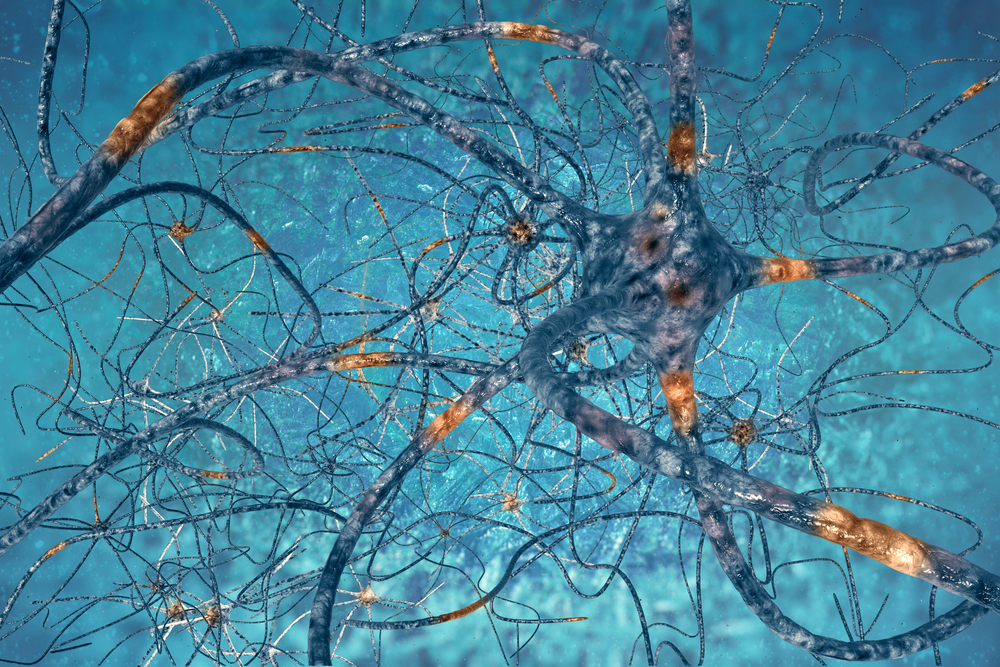Motor Neurons in SMA Patients May Express Fewer Key Proteins
Written by |

Motor neurons in spinal muscular atrophy (SMA) patients express fewer proteins associated with neuronal development than those in healthy individuals, according to a study that used induced pluripotent stem cells from individuals in both groups to create autologous motor neurons.
The researchers — led by Heidi Fuller from The Robert Jones and Agnes Hunt Orthopaedic Hospital, U.K. — hypothesized that earlier studies, focusing mostly on animal models and skin fibroblasts isolated from SMA patients, limited research progress into neuronal diseases. Data acquired from animal studies, they argued, could be difficult to translate into clinical trials and ill-suited to high-throughput drug discovery programs. Patient-derived cells may serve better, but those often studied in SMA are skin fibroblasts. Although skin cells also express low amounts of the a key protein, SMN, the skin is not affected by disease in SMA patients, and skin fibroblasts might either respond differently to SMN or have other requirements for the protein than motor neurons.
The study, “Spinal Muscular Atrophy Patient iPSC-Derived Motor Neurons Have Reduced Expression of Proteins Important in Neuronal Development,” was published in Frontiers in Cellular Neuroscience.
When the researchers compared SMA fibroblasts to control ones, 18 proteins were differentially expressed, but only one was expressed in the same direction when comparing SMA motor neurons to control motor neurons.
When the team compared fibroblasts and the corresponding motor neurons from healthy individuals, they saw that 175 proteins differed in their expression between the cell types. In cells derived from SMA patients, a mere 82 proteins were differentially expressed, and of these, 55 were shared between the SMA and the control cells.
Using a database approach, the team then investigated the function of the 46 proteins with increased expression in the motor neurons of control individuals (when compared to control fibroblasts, or SMA neurons or fibroblasts). They noticed that the proteins were mainly involved in neuronal development and differentiation.
Particularly, the team found that the protein UBA1, involved in ubiquitin pathways — protein modifications crucial for a wide variety of cellular functions — was decreased in motor neurons from SMA patients. Patient-derived UBA1 was also found in the cytoplasm of the cells instead of in the nuclear membrane, as it normally is and was in the control cells — a finding that also supports the idea of neurodevelopmental defects.
Differences in protein expression due to a lack of SMN were not evident in the fibroblasts isolated from the same patients, emphasizing the usefulness of iPSC for studies of neuronal diseases.
The authors believe these results can be used to further explore potential biomarkers and new drug targets for SMA.






